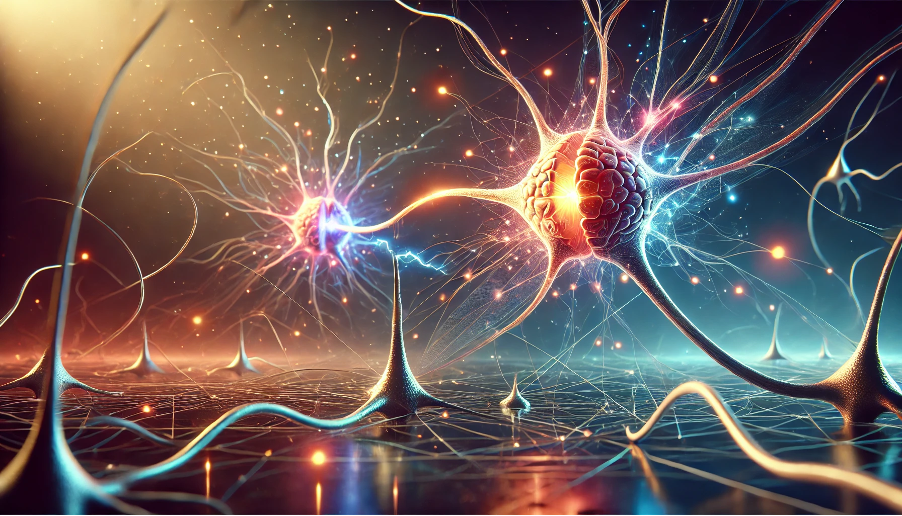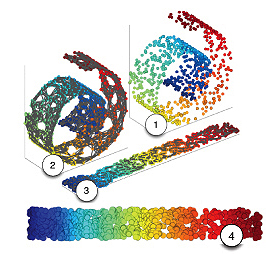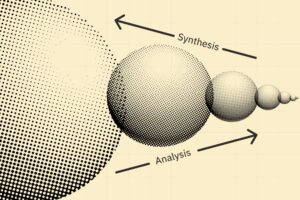A Brief History: Who Developed Hebb’s Rule?
Hebb’s rule, a cornerstone of neural learning, was introduced in 1949 by Canadian psychologist Donald Hebb. Often considered the foundation of modern neural network research, Hebb’s rule has profoundly influenced fields like machine learning, neuroscience, and artificial intelligence.
What is Hebb’s Rule?
At its core, Hebb’s rule operates on the principle of association: neurons that fire together wire together. Think of it as the brain’s natural way of strengthening connections. For example, if you associate the smell of coffee with morning productivity, your neural pathways solidify this link through repetition.

Why is Hebb’s Rule Used? What Challenges Does it Address?
Why Use Hebb’s Rule?
-
- It mimics natural learning processes, making artificial neural networks more human-like.
-
- It simplifies the creation of unsupervised learning models.
Challenges Addressed:
-
- Developing systems that learn adaptively without explicit programming.
-
- Modeling biological processes in artificial neural networks.
-
- Overcoming inefficiencies in traditional machine learning by mimicking human memory formation.
How is Hebb’s Rule Used?
Hebb’s rule strengthens the connection between two neurons when they are activated simultaneously. Here’s a simple workflow:
-
- Initialize Neurons: Create a network of interconnected neurons.
-
- Train with Inputs: Apply input data to stimulate neurons.
-
- Strengthen Connections: Increase weights between neurons that activate together.
Metaphorically, it’s like forming a hiking trail: the more you walk a path, the more defined it becomes.
Different Types of Hebb’s Learning
-
- Simple Hebbian Learning: Enhances weights based on activation correlation.
-
- Covariance Rule: Adds normalization to control weight growth.
-
- Spike-Timing-Dependent Plasticity (STDP): Incorporates timing, strengthening weights based on sequential firing.
Features of Hebb’s Rule
-
- Biological Basis: Reflects how real neurons learn.
-
- Unsupervised Learning: Works without labeled data.
-
- Flexibility: Adapts to varied applications like speech recognition and robotics.
Software and Tools for Hebb’s Rule
-
- Python Libraries: TensorFlow, PyTorch, and Keras support Hebbian-based networks.
-
- Simulation Platforms: NEURON and NEST simulate Hebbian learning in biological contexts.
-
- Mathematical Frameworks: MATLAB facilitates prototyping and analysis of Hebbian algorithms.
Industry Applications: Australian Government Agencies
-
- Healthcare: Hebb-inspired models predict disease risk using patient behavior patterns.
-
- Education: Adaptive learning platforms use Hebbian principles for personalized teaching strategies.
-
- Urban Planning: AI models based on Hebb’s rule optimize traffic flows and infrastructure planning.
How interested are you in uncovering even more about this topic? Our next article dives deeper into [insert next topic], unravelling insights you won’t want to miss. Stay curious and take the next step with us!







